Related Research Articles

Emanuel Gottlieb Leutze was a German-born American history painter best known for his 1851 painting Washington Crossing the Delaware. He is associated with the Düsseldorf school of painting.
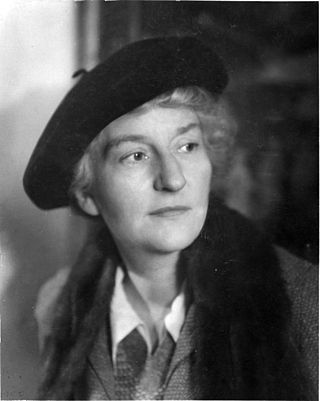
Malvina Cornell Hoffman was an American sculptor and author, well known for her life-size bronze sculptures of people. She also worked in plaster and marble. Hoffman created portrait busts of working-class people and significant individuals. She was particularly known for her sculptures of dancers, such as Anna Pavlova. Her sculpture series of culturally diverse people, entitled Hall of the Races of Mankind, was a popular permanent exhibition at the Field Museum of Natural History in Chicago. It was featured at the Century of Progress International Exposition at the Chicago World's Fair of 1933.

David Vincent Hayes was an American sculptor.
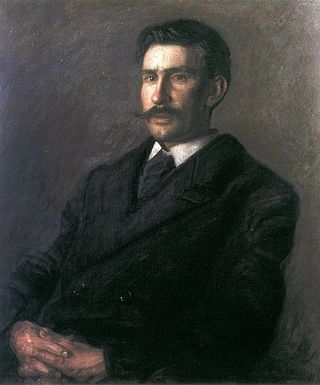
Edward Willis Redfield was an American Impressionist landscape painter and member of the art colony at New Hope, Pennsylvania. He is best known today for his impressionist scenes of the New Hope area, often depicting the snow-covered countryside. He also spent his summers on Boothbay Harbor, Maine, where he interpreted the local coastline. He frequently painted Maine's Monhegan Island.
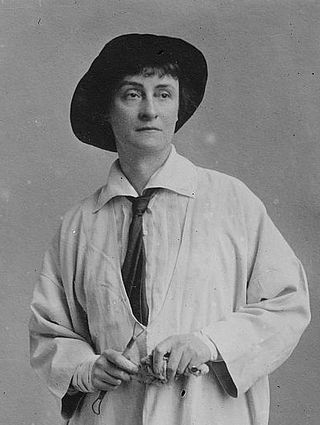
Janet Scudder, born Netta Deweze Frazee Scudder, was an American sculptor and painter from Terre Haute, Indiana, who is best known for her memorial sculptures, bas-relief portraiture, and portrait medallions, as well as her garden sculptures and fountains. Her first major commission was the design for the seal of the New York Bar Association around 1896. Scudder's Frog Fountain (1901) led to the series of sculptures and fountains for which she is best known. Later commissions included a Congressional Gold Medal honoring Domício da Gama and a commemorative medal for Indiana's centennial in 1916. Scudder also displayed her work at numerous national and international exhibitions in the United States and in Europe from the late 1890s to the late 1930s. Scudder's autobiography, Modeling My Life, was published in 1925.

Helen Farnsworth Mears was an American sculptor.

Barry Flanagan OBE RA was an Irish-Welsh sculptor. He is best known for his bronze statues of hares and other animals.

Richard Henry Park was an American sculptor who worked in marble and bronze. He was commissioned to do work by the wealthy of the nineteenth century. He did a marble bust of John Plankinton, an astute businessman who founded the meat industry in Wisconsin and was "Milwaukee's foremost citizen."
Therman Statom is an American Studio Glass artist whose primary medium is sheet glass. He cuts, paints, and assembles the glass - adding found glass objects along the way – to create three-dimensional sculptures. Many of these works are large in scale. Statom is known for his site-specific installations in which his glass structures dwarf the visitor. Sound and projected digital imagery are also features of the environmental works.

Brenda Putnam was an American sculptor, teacher and author.

Karen LaMonte is an American artist known for her life-size sculptures in ceramic, bronze, marble, and cast glass.

Frances Taft Grimes was an American sculptor, best remembered for her bas-relief portraits and busts.
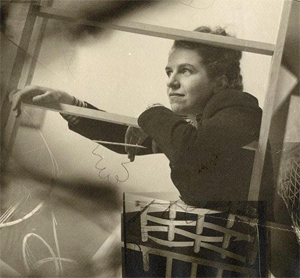
Sue Fuller was an American sculptor, draughtsman, author, teacher and printmaker who created three-dimensional works with thread. She was a student of Hans Hofmann in 1934, Stanley Hayter in 1943, and Josef Albers in 1944. She was awarded the Alumni Merit Award by Carnegie Mellon University in 1974, and the Lifetime Achievement Award by Women's Caucus for Art in 1986. A passionate devotee of modern art, Sue Fuller began her career as a printmaker then used some of the techniques she experimented with to develop an original form of sculpture.

Hedvig Erika ("Vicken") von Post Börjeson Totten was a Swedish ceramicist, sculptor, painter, and illustrator.

Carol Brown Goldberg is an American artist working in a variety of media. While primarily a painter creating heavily detailed work as large as 10 feet by 10 feet, she is also known for sculpture, film, and drawing. Her work has ranged from narrative genre paintings to multi-layered abstractions to realistic portraits to intricate gardens and jungles.
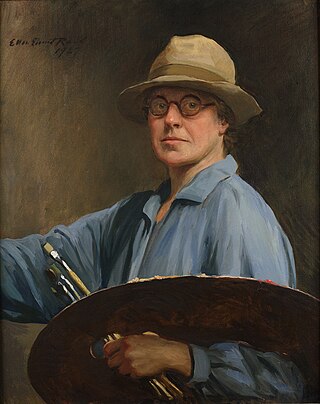
Ellen Emmet Rand was a painter and illustrator. She specialized in portraits, painting over 500 works during her career including portraits of President Franklin D. Roosevelt, artist Augustus Saint-Gaudens, and her cousins Henry James and William James. Rand studied at the Cowles Art School in Boston and the Art Students League in New York City and produced illustrations for Vogue Magazine and Harper's Weekly before traveling to England and then France to study with sculptor Frederick William MacMonnies. The William Benton Museum of Art at the University of Connecticut owns the largest collection of her painted works and the University of Connecticut, as well as the Archives of American Art within the Smithsonian Institution both have collections of her papers, photographs, and drawings.

Cheryl Laemmle is an American contemporary surrealist painter of figures, animals, and imaginary landscapes.
Anita Weschler was an American sculptor, painter, interior decorator, poet, and author.

Washington Crossing the Delaware is the title of three 1851 oil-on-canvas paintings by the German-American artist Emanuel Leutze.

The Art Collection of Marshall Owen Roberts was a collection of sculptures, antiques and paintings owned by New York industrialist Marshall Owen Roberts. The collection, which featured many prominent American artists and works, including Emanuel Leutze's Washington Crossing the Delaware, remained intact following his 1880 death until it was auctioned off in 1897.
References
- ↑ "New museum exhibit highlights 49 American artworks" . Retrieved 19 May 2017.
- ↑ Charlotte Streifer Rubinstein (1990). American women sculptors: a history of women working in three dimensions . G.K. Hall. ISBN 978-0-8161-8732-4.
- ↑ TOKY Branding + Design. "October 2013 - Blog - SPACES". spacesarchives.org. Retrieved 19 May 2017.
- ↑ "Preservation Services, Inc". www.preservationservicesinc.com. Retrieved 19 May 2017.
- ↑ "Sharon Quasius - Washington Crossing the Delaware - The Met". The Metropolitan Museum of Art, i.e. The Met Museum. Retrieved 19 May 2017.
- ↑ "Vero Beach Museum of Art, Vero Beach Florida, Art on the Treasure Coast". www.verobeachmuseum.org. Retrieved 19 May 2017.